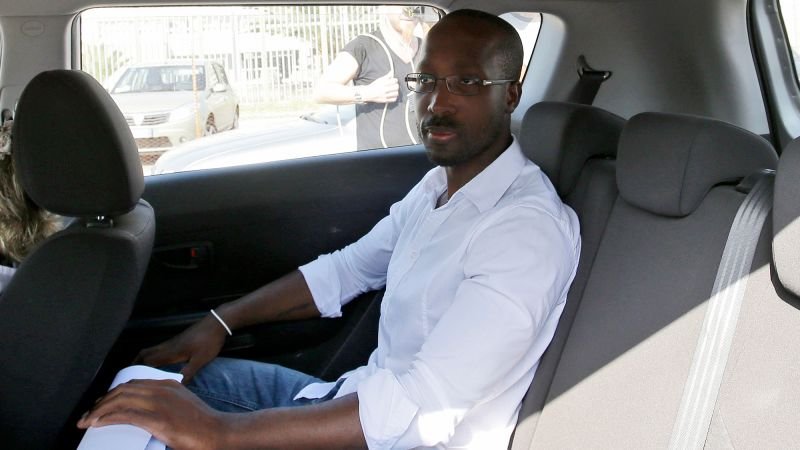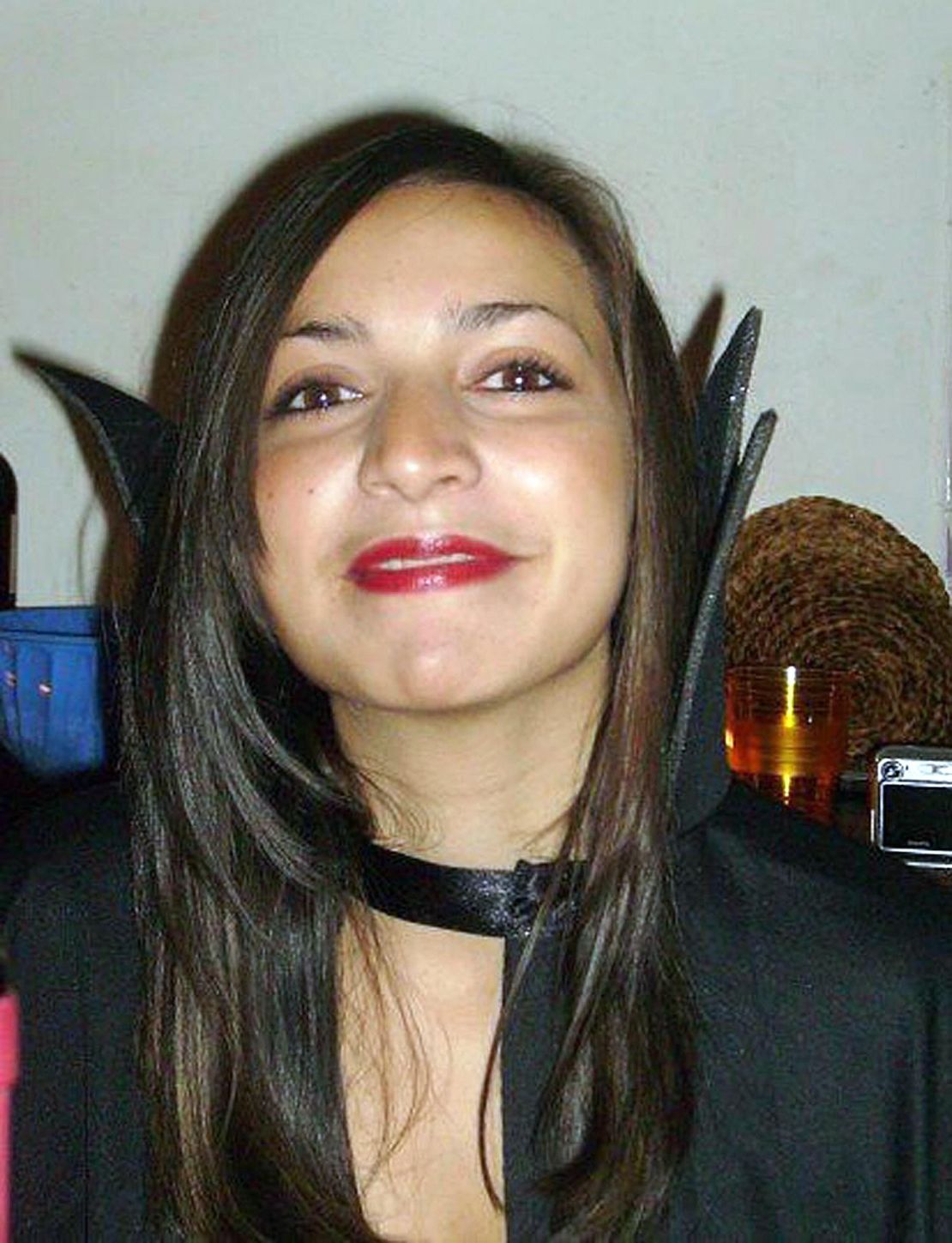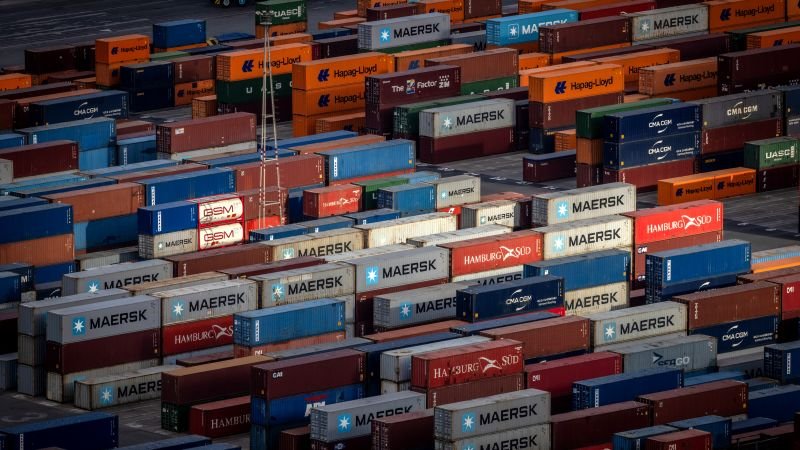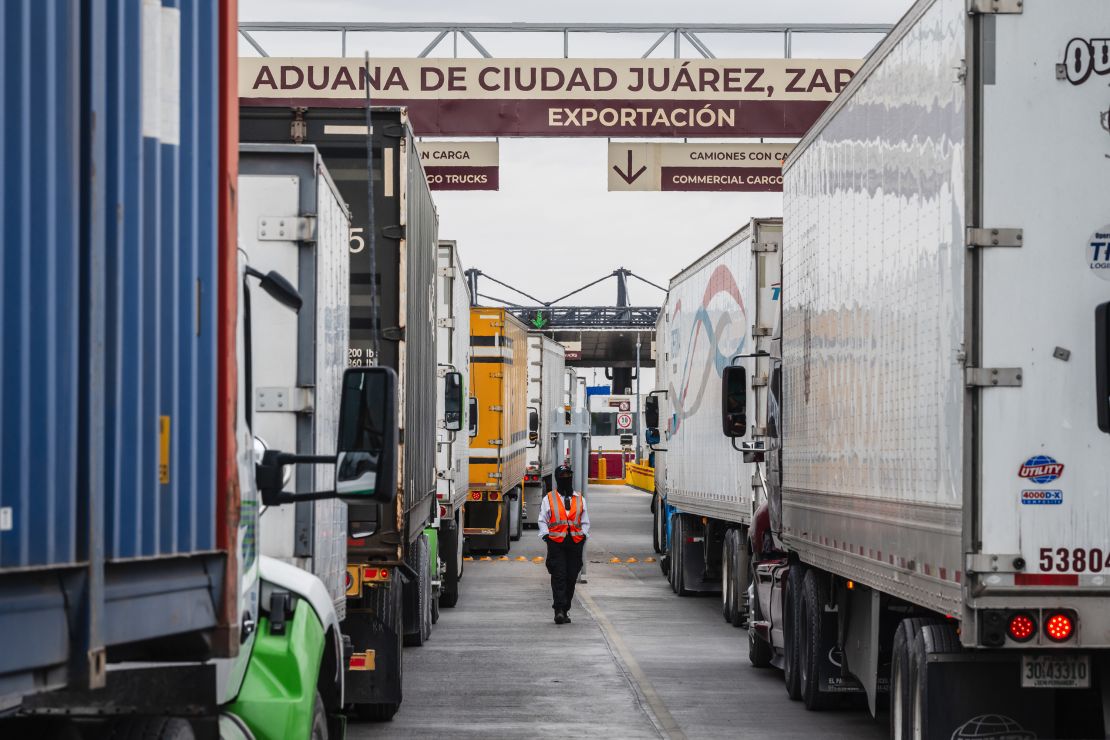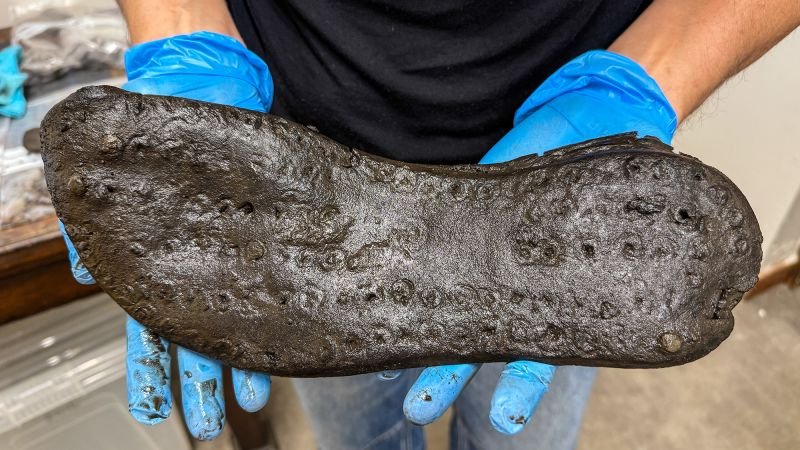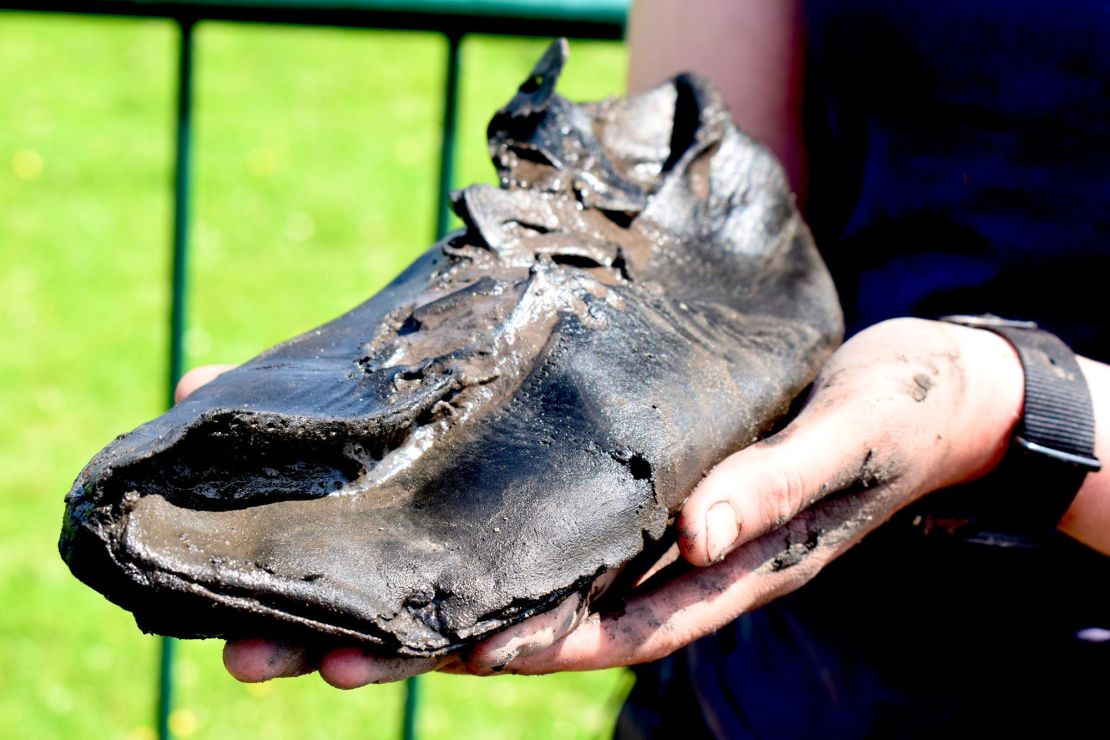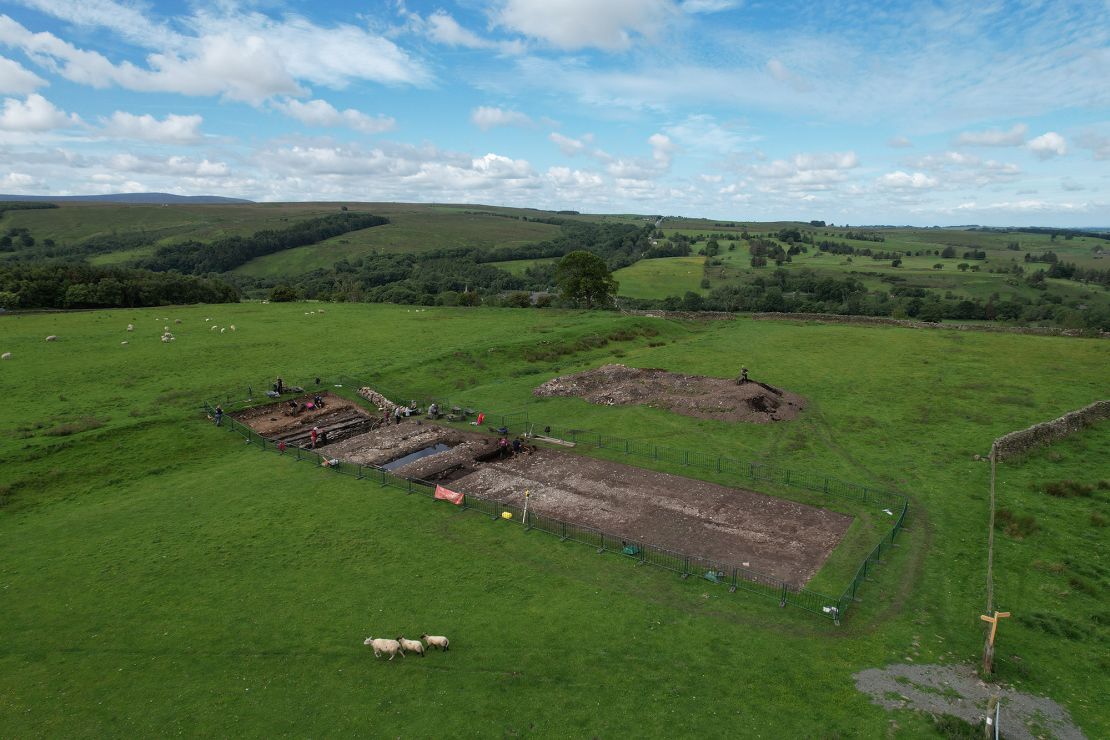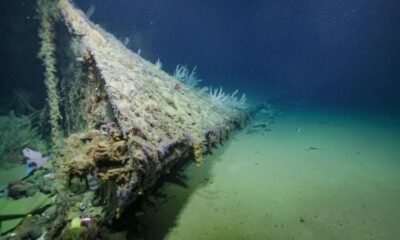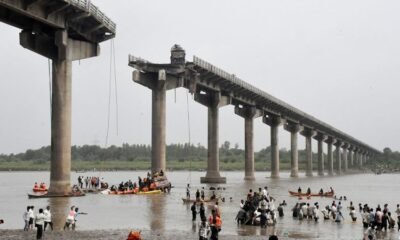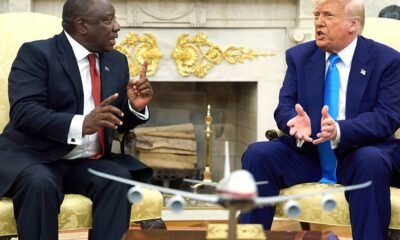CNN
—
Not many players could take a more perfect penalty: the ball confidently drilled into the top-left corner, a near-impossible save for any goalkeeper.
That was how Palestinian forward Oday Dabbagh executed one of the most high-pressure scenarios of his career to date, helping his Aberdeen side to a shootout victory over Celtic in the Scottish Cup final.
This was the first time in 35 years that Aberdeen had lifted the Scottish Cup, and for Dabbagh the victory was a moment of instant, undiluted joy. The sight of his penalty flying into the back of the goal, he says, is one that will “stay with me forever.”
A month earlier, Dabbagh had played an even more crucial role in Aberdeen’s Scottish Cup campaign, prodding in a goal against Hearts during the final minutes of extra-time. Despite only being at the club for a four-month period, on loan from Belgian side Charleroi, the 26-year-old had quickly earned legendary status.
“It’s a big one for me,” Dabbagh told CNN Sports, “and the excitement and atmosphere here in Scotland is an unforgettable feeling. It means a lot … and at the same time, it motivates me even more for what’s next.”
As for what comes next in Dabbagh’s club career – after his loan spell with Aberdeen ended on a spectacular high, he is set to return to Charleroi, with his current contract reportedly running until 2026.
But at the forefront of his mind right now will be the Palestinian national team’s attempt to qualify for the 2026 FIFA World Cup, jointly hosted by the USA, Canada and Mexico.
Palestine is recognized as a sovereign state by 75% of all United Nations members, but it is a non-member observer state of the UN General Assembly as the United States has consistently blocked full UN membership. As a soccer team though, Palestine has been recognized by the sport’s world governing body FIFA since 1998. Despite three Asian Cup appearances since then, the national team is yet to qualify for a World Cup, but the current players, including top-scorer Dabbagh, now have a chance to make history.

Up next for the Palestinian national team are two crunch World Cup qualifiers against Oman and Kuwait. Currently fifth in its qualifying group, the team needs to finish third or fourth to enter the fourth round of qualifying.
The odds of leapfrogging above Oman in the group are long, but the team will be well supported by those back home. For the people of Gaza, seeing its soccer team qualify for the World Cup would be a beacon of light in an otherwise harrowing period of war and bloodshed.
In March, the Palestine Football Association told CNN Sports that 408 athletes have been killed in the conflict with Israel – players, officials and the majority children, including 270 soccer players.
Susan Shalabi, vice president of the Palestine FA, said at the time that the organization’s offices in Gaza have been either destroyed or severely damaged, and what remains is now being used to accommodate families who have lost their homes.
As for home games, they have been switched to locations all over the world – Jordan, Qatar, and even Malaysia.
“In spite of the genocide our people are subjected to in Gaza,” Shalabi told CNN Sports in March, “the will to live as a nation remains. The national team has become a symbol of our national aspirations, of the longing to live in peace like other nations under the sun.”
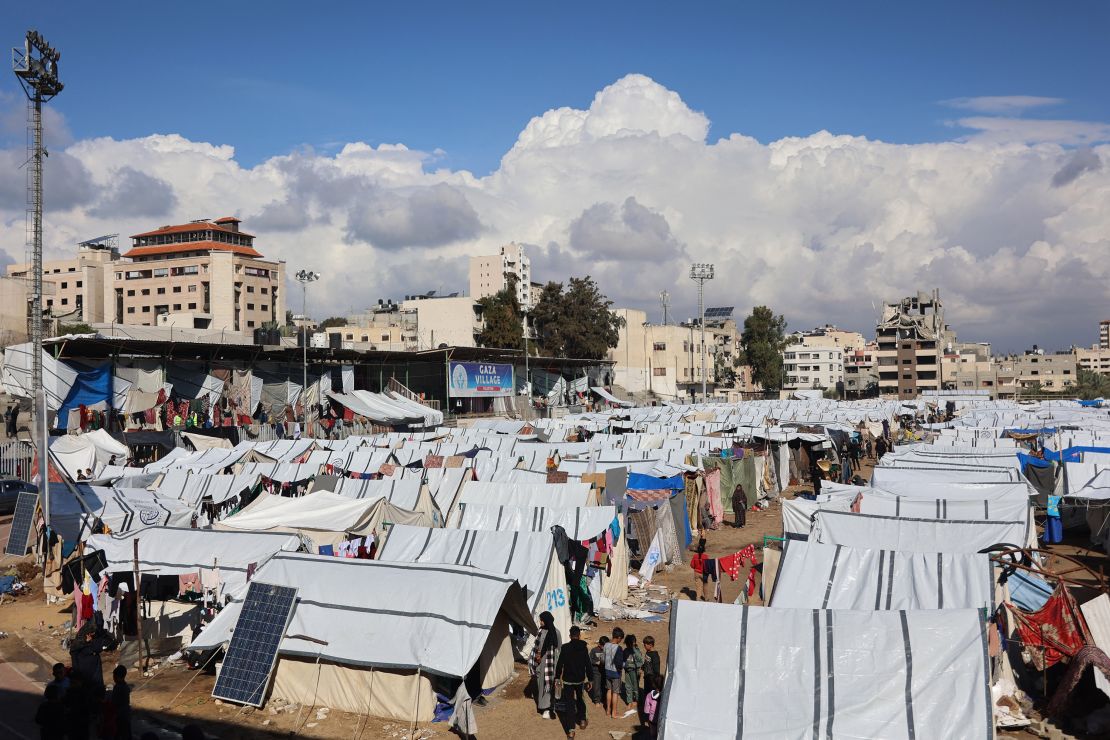
Dabbagh is a crucial player in the Palestinian national team’s bid to qualify for the World Cup. The all-time top scorer with 16 goals, including a hat-trick against Bangladesh in the first round of qualifying last year, he embraces every opportunity to represent the Lions of Canaan, long dreaming of doing so on the biggest stage.
“It’s one of the greatest honors in my life,” he says to CNN. “To wear the Palestine shirt, knowing what it means to so many people, my family, my team, and myself … it is powerful.”
Dabbagh is reluctant to see himself as a trailblazer, despite being the first home-grown Palestinian player to appear in a major European league – first with Arouca in Portugal before moving to Charleroi in 2023.
“I do hope what I can achieve helps make the path a little clearer for others,” he says. “I know how much football means to everyone back home, and I don’t take that lightly. Everyone has a dream. If a kid back home sees me and starts to believe it’s possible, that means everything. And I do carry that with me every time I play.”
Dabbagh made his professional debut for Hilal Al-Quds in the West Bank Premier League, aged only 16. He went on to win three league titles before representing a series of teams in Kuwait, winning another title with Al-Arabi in 2021.
Moves to Portugal, Belgium, and then Scotland followed – an unprecedented career arc for a player who grew up kicking a ball on the streets of Jerusalem. He hopes to send a clear message to other young boys and girls now in the same situation he once was.
“Never stop believing,” says Dabbagh. “Work hard, stay focused, and never lose your passion. You belong on the world stage.”
Dabbagh and his teammates could be on the biggest stage of them all should the Palestinian national team qualify for the World Cup. For the forward, that would surely be the high point in an unlikely and trophy-laden career.


